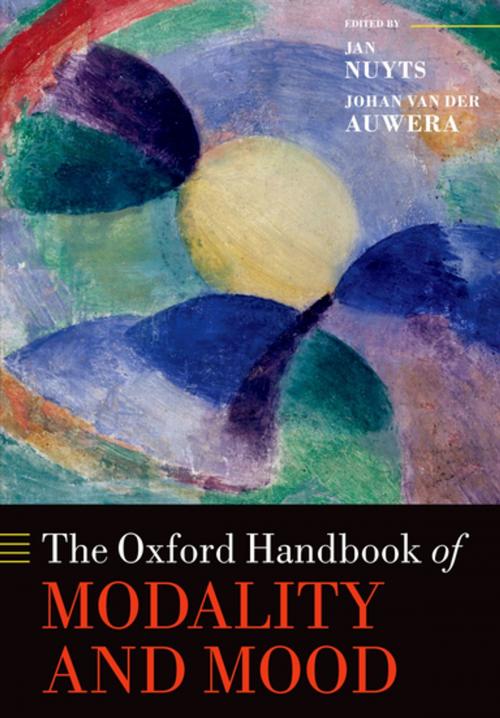The Oxford Handbook of Modality and Mood
Nonfiction, Reference & Language, Language Arts, Linguistics, Health & Well Being, Psychology| Author: | ISBN: | 9780191646348 | |
| Publisher: | OUP Oxford | Publication: | September 8, 2016 |
| Imprint: | OUP Oxford | Language: | English |
| Author: | |
| ISBN: | 9780191646348 |
| Publisher: | OUP Oxford |
| Publication: | September 8, 2016 |
| Imprint: | OUP Oxford |
| Language: | English |
This handbook offers an in depth and comprehensive state of the art survey of the linguistic domains of modality and mood. An international team of experts in the field examine the full range of methodological and theoretical approaches to the many facets of the phenomena involved. Following an opening section that provides an introduction and historical background to the topic, the volume is divided into five parts. Parts 1 and 2 present the basic linguistic facts about the systems of modality and mood in the languages of the world, covering the semantics and the expression of different subtypes of modality and mood respectively. The authors also examine the interaction of modality and mood, mutually and with other semantic categories such as aspect, time, negation, and evidentiality. In Part 3, authors discuss the features of the modality and mood systems in five typologically different language groups, while chapters in Part 4 deal with wider perspectives on modality and mood: diachrony, areality, first language acquisition, and sign language. Finally, Part 5 looks at how modality and mood are handled in different theoretical approaches: formal syntax, functional linguistics, cognitive linguistics and construction grammar, and formal semantics.
This handbook offers an in depth and comprehensive state of the art survey of the linguistic domains of modality and mood. An international team of experts in the field examine the full range of methodological and theoretical approaches to the many facets of the phenomena involved. Following an opening section that provides an introduction and historical background to the topic, the volume is divided into five parts. Parts 1 and 2 present the basic linguistic facts about the systems of modality and mood in the languages of the world, covering the semantics and the expression of different subtypes of modality and mood respectively. The authors also examine the interaction of modality and mood, mutually and with other semantic categories such as aspect, time, negation, and evidentiality. In Part 3, authors discuss the features of the modality and mood systems in five typologically different language groups, while chapters in Part 4 deal with wider perspectives on modality and mood: diachrony, areality, first language acquisition, and sign language. Finally, Part 5 looks at how modality and mood are handled in different theoretical approaches: formal syntax, functional linguistics, cognitive linguistics and construction grammar, and formal semantics.















